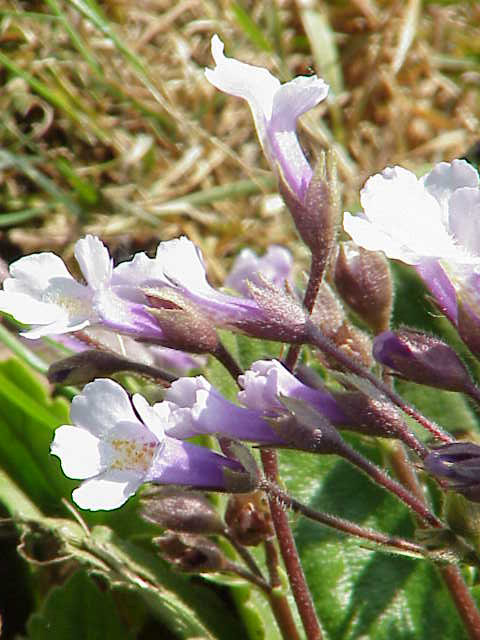|
Codonanthopsis Corniculata
''Codonanthopsis corniculata'' is a species of flowering plant in the family Gesneriaceae Gesneriaceae, the gesneriad family, is a family of flowering plants consisting of about 152 genera and ca. 3,540 species in the tropics and subtropics of the Old World (almost all Didymocarpoideae) and the New World (most Gesnerioideae), wit .... This species is native to Peru and mainly grows in wet tropical biomes. ''Codonanthopsis corniculata'', along with its other species in its genus, was first published in 2013. References Gesnerioideae {{Gesneriaceae-stub ... [...More Info...] [...Related Items...] OR: [Wikipedia] [Google] [Baidu] |
Hans Wiehler
Hans Joachim Wiehler (8 July 1930 in Klettendorf – 2003) was a German botanist who specialized in the plant family Gesneriaceae. In 1954 he received a Bachelor of Arts degree from Goshen College in Goshen, Indiana and a Bachelor of Divinity degree from Goshen Biblical Seminary in 1956. He married in 1958 and remained in the United States for the rest of his life. He obtained a master's degree in botany from Cornell University and in 1979 a PhD in Botany from the University of Miami. Wiehler was on the staff of the Marie Selby Botanical Gardens from 1973 until 1982, when he left Selby to found the Gesneriad Research Foundation in Sarasota, Florida. Wiehler tended to be a taxonomic " splitter" but many of his generic rearrangements have found acceptance: the segregation of '' Gasteranthus'' from '' Besleria'', of '' Alsobia'', ''Chrysothemis'', '' Nautilocalyx'', and ''Paradrymonia'' from '' Episcia'', and of '' Moussonia'' from '' Kohleria'', have all withstood the tests of ... [...More Info...] [...Related Items...] OR: [Wikipedia] [Google] [Baidu] |
Chautems
Alain Chautems is research associate at the Geneva "Conservatoire et Jardin botaniques de la Ville de Genève, Switzerland. He specialized in some of the most diverse Gesneriaceae of Brazil (the Nematanthus/Codonanthe and Sinningia ''Sinningia'' is a genus of flowering plants in the family Gesneriaceae. It is named after Wilhelm Sinning (1792–1874), a gardener of the Botanische Gärten der Friedrich-Wilhelms-Universität Bonn. There are about 65 species of tuberous her .../Vanhouttea/Paliavana genera complexes, respectively). Until 2016, he was researcher and curator at the Conservatory and Botanical Garden of the City of Geneva. Selected publications * Arzolla, F.A.R.D.P., Paula, G.C.R., Chautems, A. & Shepherd, G. J. (2007). O primeiro registro de Sinningia gigantifolia Chautems (Gesneriaceae) no estado de São Paulo - SP (Nota científica). Biota Neotropica 7(3): 373-377 (publication online). www.biotaneotropica.org.br * Chautems, A. (1984) Nematanthus austra ... [...More Info...] [...Related Items...] OR: [Wikipedia] [Google] [Baidu] |
Gesneriaceae
Gesneriaceae, the gesneriad family, is a family of flowering plants consisting of about 152 genera and ca. 3,540 species in the tropics and subtropics of the Old World (almost all Didymocarpoideae) and the New World (most Gesnerioideae), with a very small number extending to temperate areas. Many species have colorful and showy flowers and are cultivated as ornamental plants. Etymology The family name is based on the genus '' Gesneria'', which honours Swiss naturalist and humanist Conrad Gessner. Description Most species are herbaceous perennials or subshrubs but a few are woody shrubs or small trees. The phyllotaxy is usually opposite and decussate, but leaves have a spiral or alternate arrangement in some groups. As with other members of the Lamiales the flowers have a (usually) zygomorphic corolla whose petals are fused into a tube and there is no one character that separates a gesneriad from any other member of Lamiales. Gesneriads differ from related families o ... [...More Info...] [...Related Items...] OR: [Wikipedia] [Google] [Baidu] |
